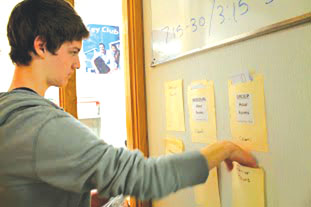A September 2013 study published by Alexandra Freund and Fredda Blanchard—Fields titled “Age-Related Differences in Altruism Across Adulthood” suggests that there is a positive correlation between age and altruistic tendencies; adolescents are generally not very involved in community service activities.

Yet, students here clearly do not fit the mold, with several students here involved in a plethora of volunteering and community service organizations.
For example, Jacob Brown and Griffin Hoover, Dance Marathon co-chairs, Cabinet members and seniors, spearheaded the 2014 Dance Marathon event. As chairmen, Brown and Hoover have been perpetually involved in planning, organizing and fundraising for the event.Brown said he invests so much time and energy into Dance Marathon not for recognition, House points nor his college resume, but because of the satisfaction of service.
“When you get up on stage at the end to do the dance and you look out and there’s a thousand kids there dancing, it’s pretty amazing to see a fourth of our school come together and give back to the community,” Brown said.
According to Lisa—Marie Napoli, professor of political and civic engagement at IU, altruism is primarily fueled by the inherent motivation to help people or improve the world.

Similar to House, Do Something Club gives back to the community through various service activities.
James Ziegler, Do Something Club sponsor and social studies teacher, said, “Members of Do Something Club gain a greater appreciation of the work they do when they see the impact it has.”
Joseph “Joe” Philleo, Key Club secretary and sophomore, said college resumes are a possible motivation for doing service.

Napoli said altruism is also fueled by religious belief, challenging life experiences and parental examples.
According to Freund and Blanchard-Fields, high school students may be discouraged from altruism because they are at a disadvantage to older people in regards to resources.
Napoli said, “Some potential limitations include not knowing where to go, where to find good opportunities for community service or simply a lack of experience,.
Yet, Ziegler said he does not believe high school students are at any disadvantage to contribute to the community.
“At a high school age, you can contribute just as much as any adult can. There’s never really a disadvantage to getting involved in community service at a young age. Kids are learning skills they’ll be able to carry forward as adults,” Ziegler said.
Indeed, high school students also boast a variety of advantages that offset any disadvantages that they face.
“High school students are very energetic and more able-bodied than some older citizens. Students are also centrally located. It makes organizing events much easier because there’s less distance to travel and it’s zero cost to volunteer,” Philleo said.

Many people believe financial security also promotes altruism because it frees many students here from financial duty. However, it may only be a minor factor.
“The kids participating in Dance Marathon who aren’t financially sound who really want to give back to the community will give back regardless,” Brown said.
Ziegler said he agrees.
He said, “I’ve found that sometimes the people that have the least are the most giving.”
Regardless of the motivations and limitations, the positive impact of community service, especially at a young age, is undeniable.
Brown said, “If the younger generations start giving back early and continue to give back as they get older and older, they’re going to make a bigger difference in this world.”
Napoli said, “The relationship between people who do public service and the people who are receiving it is an extremely valuable connection. The impact is definitely strong; it creates trust in humanity.”
But with a school of nearly 5,000 students, there is always room for improvement, according to Ziegler. He said there is potential to have more students do community service clubs.
Ziegler said, “It’s something I’d like to see spread all throughout the school. With as many community service clubs as we have, we can continue to do better and continue to get more and more kids involved.”










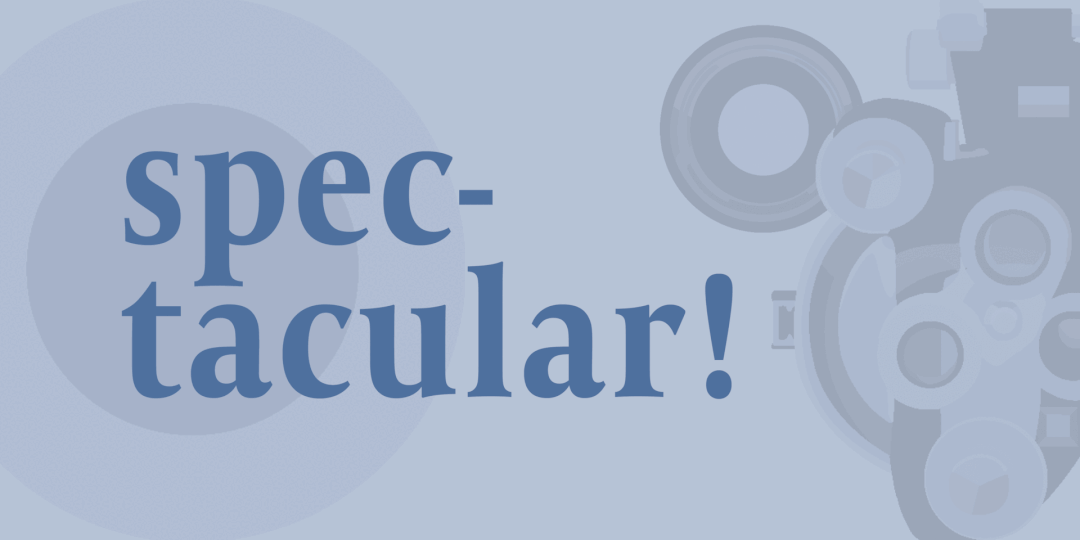


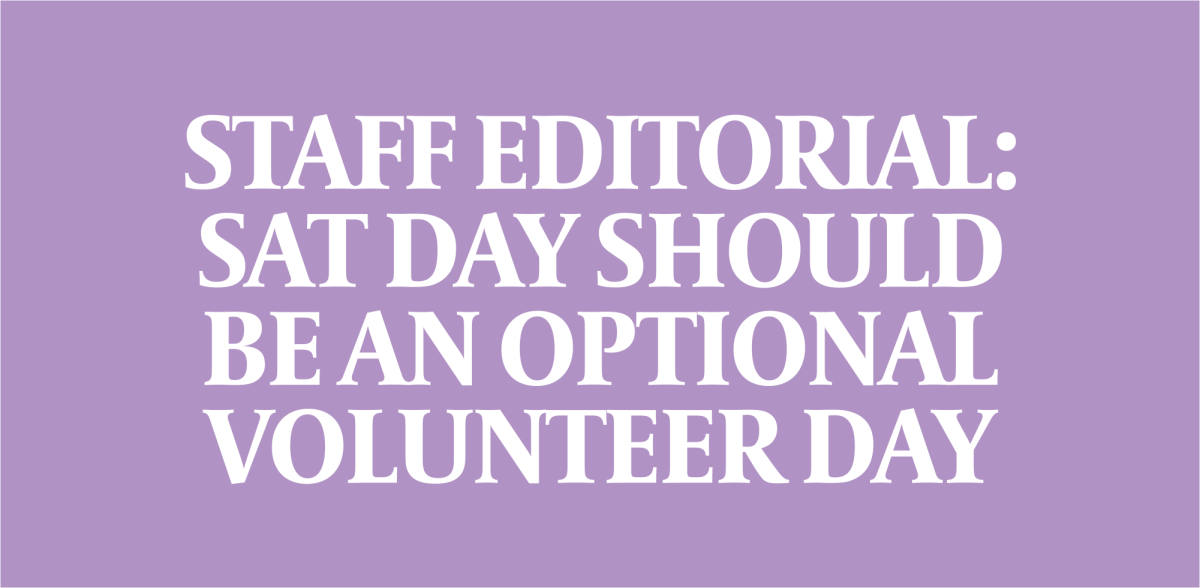


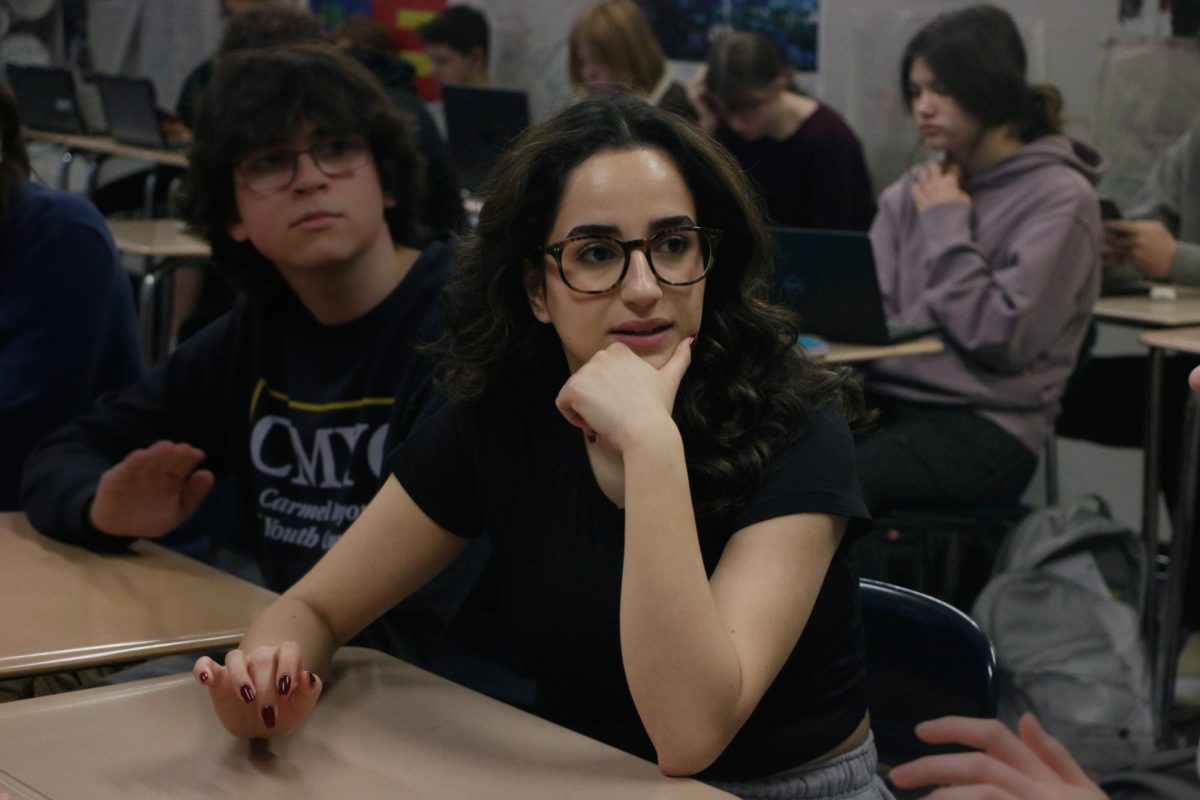
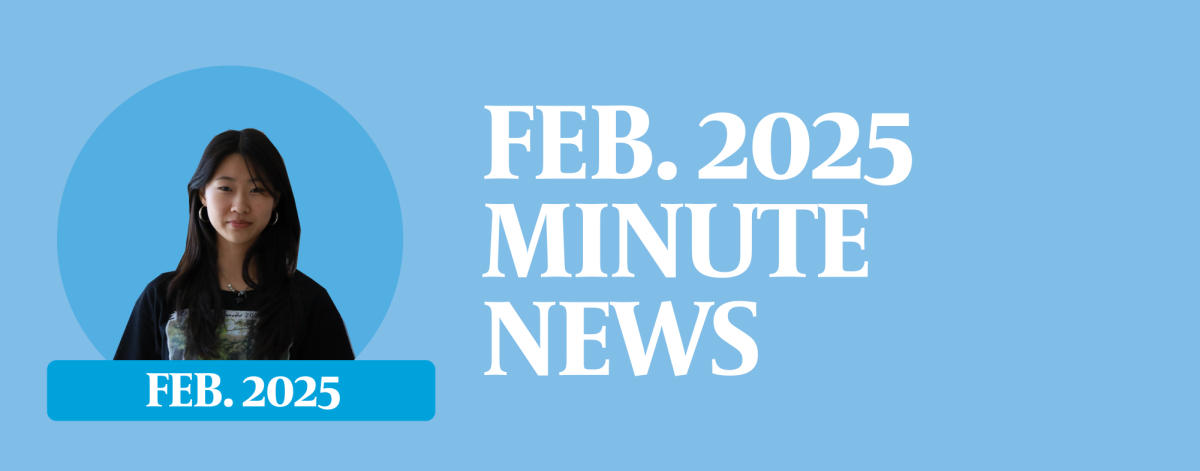
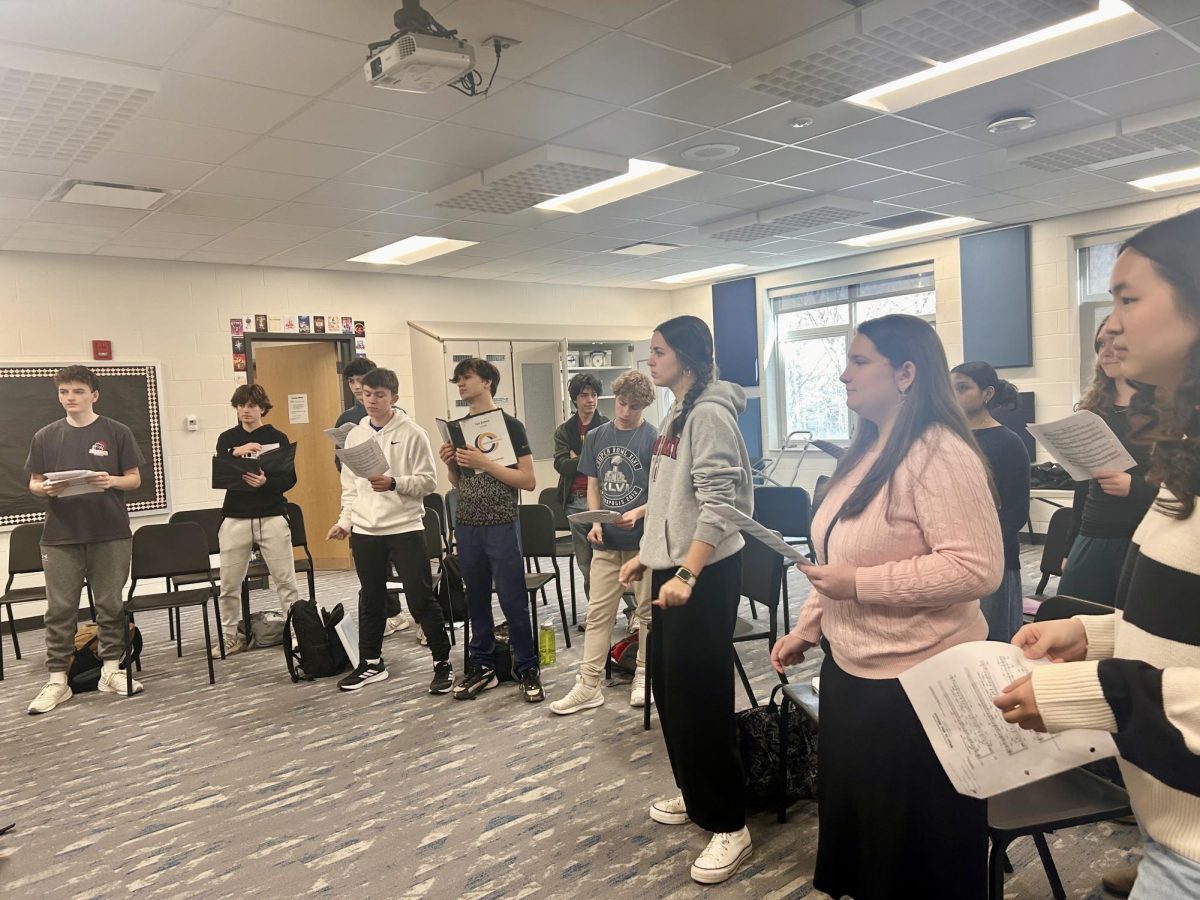

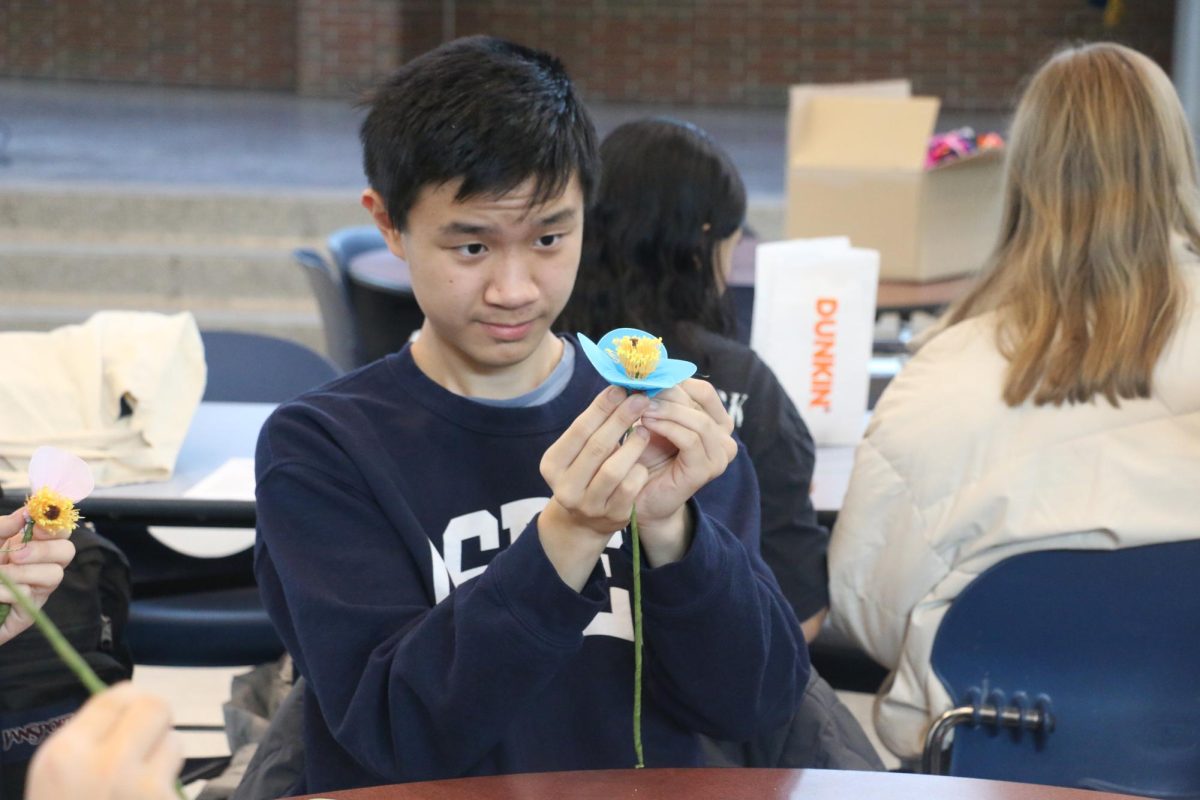

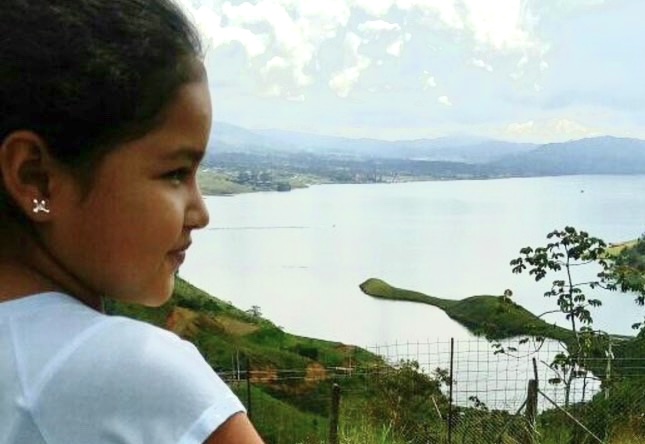

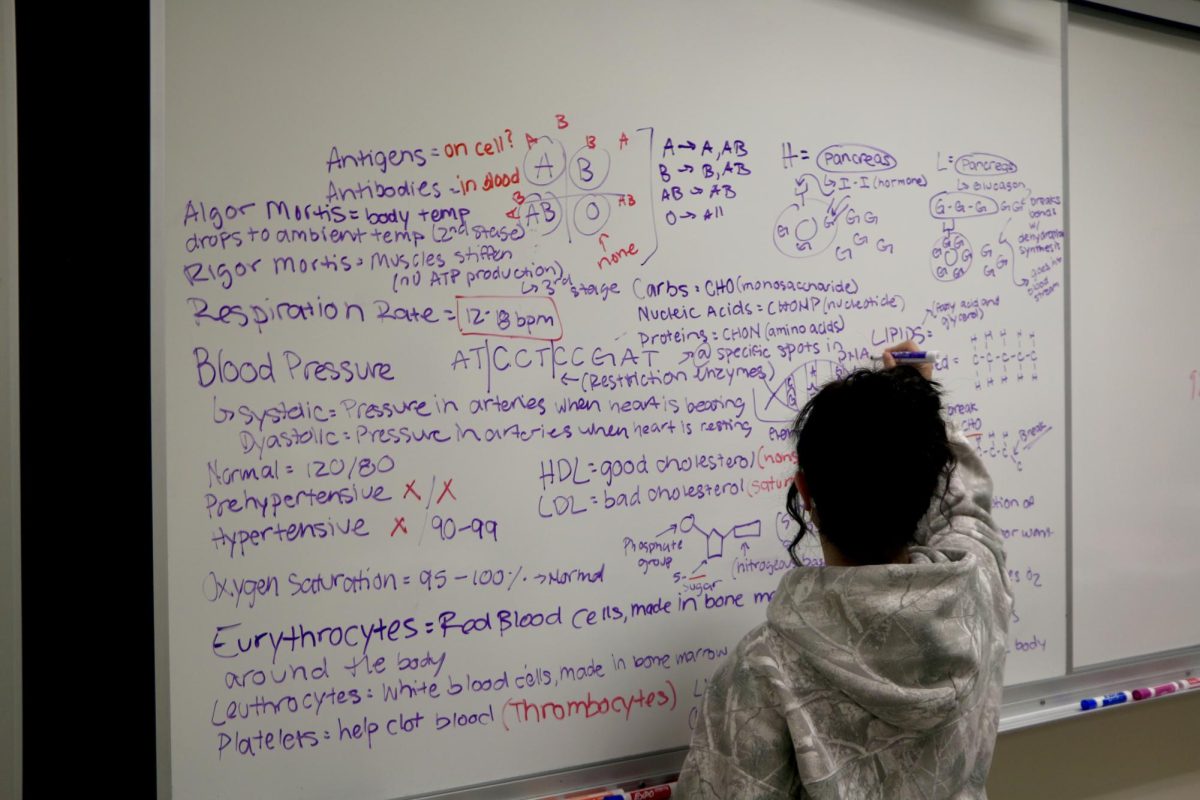
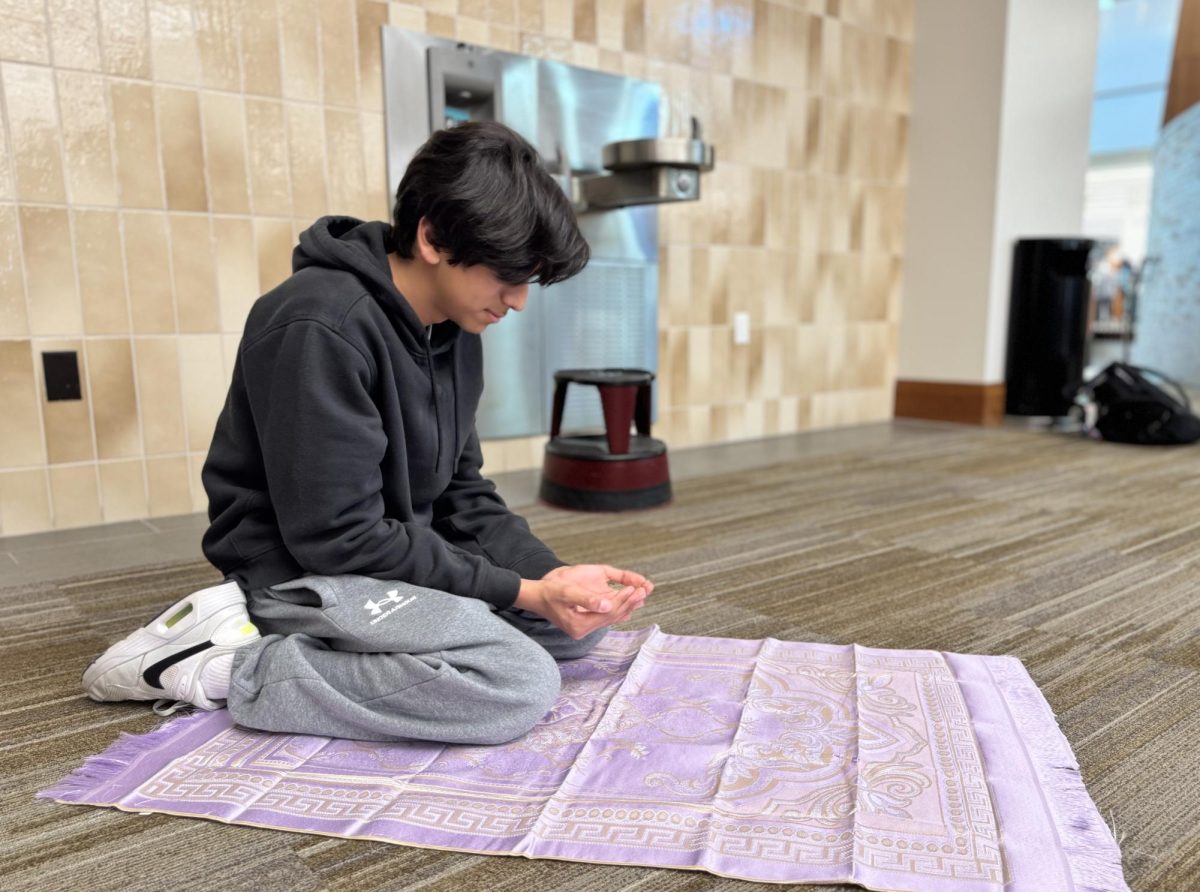

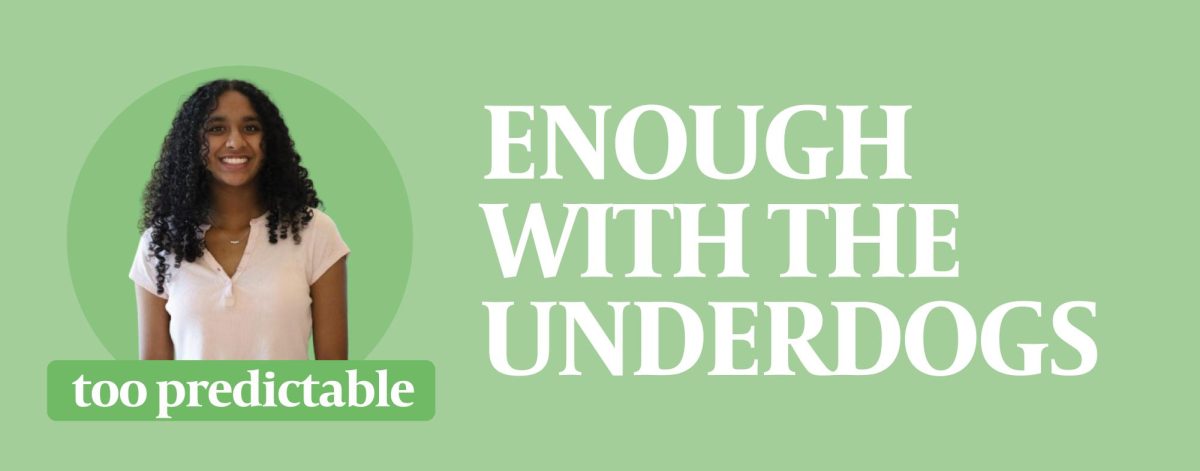

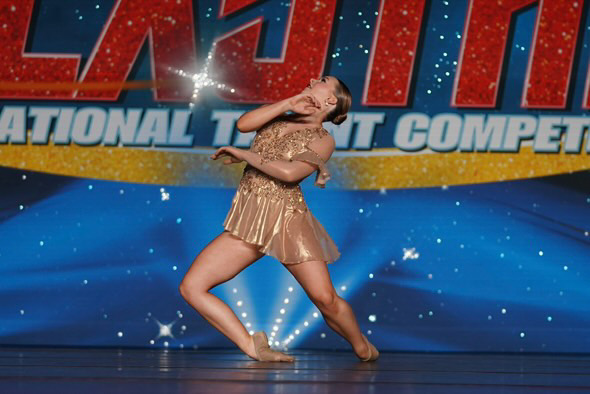

![AI in films like "The Brutalist" is convenient, but shouldn’t take priority [opinion]](https://hilite.org/wp-content/uploads/2025/02/catherine-cover-1200x471.jpg)




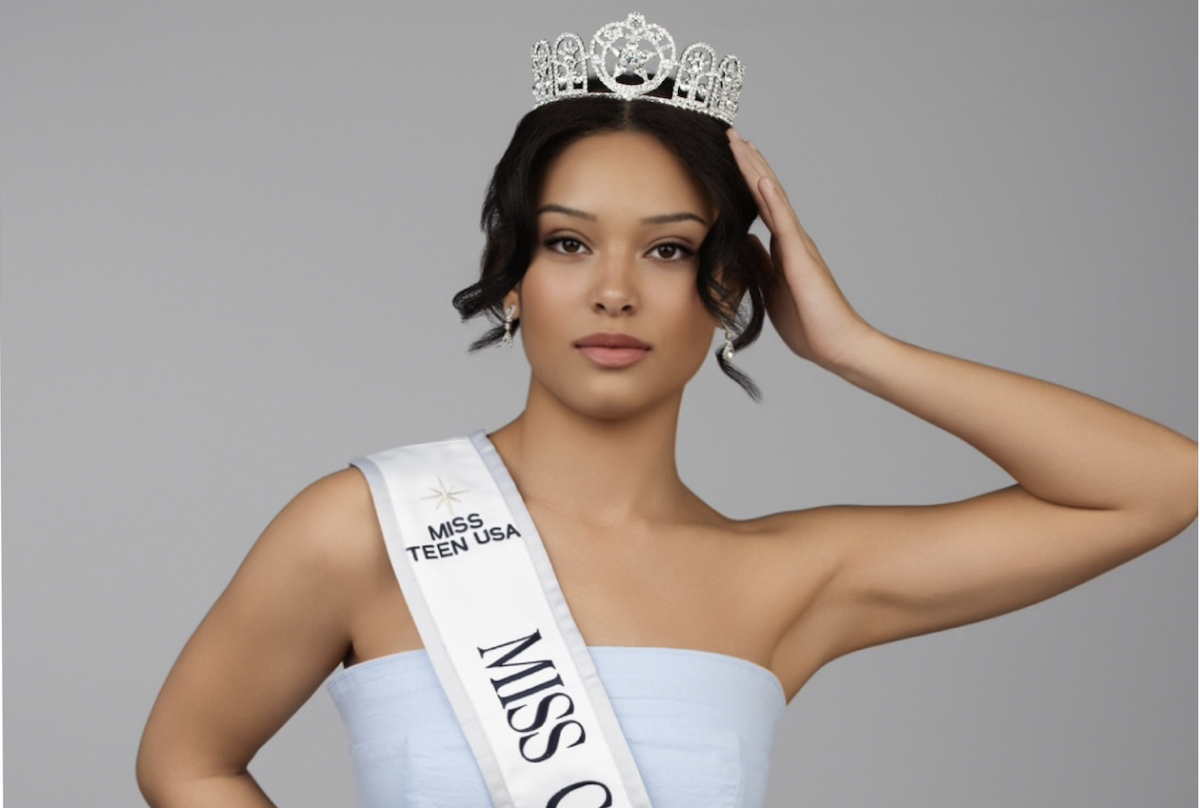
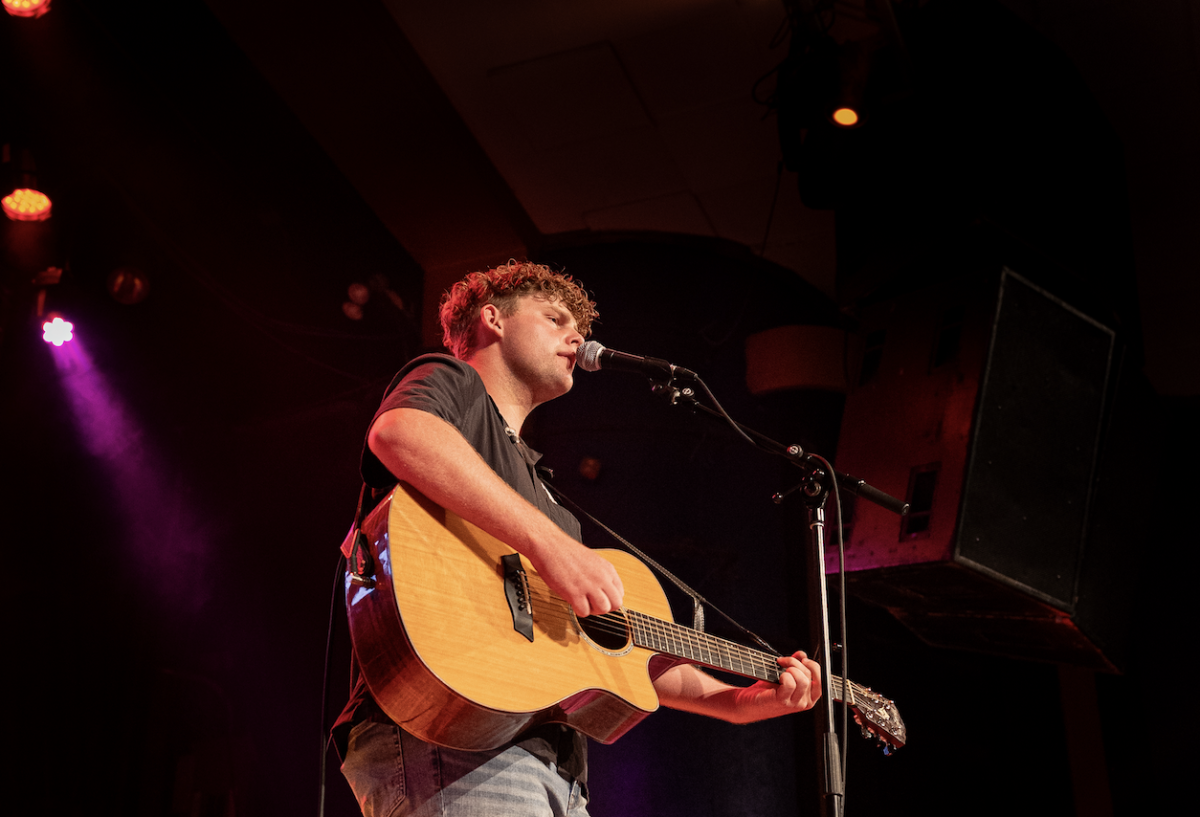








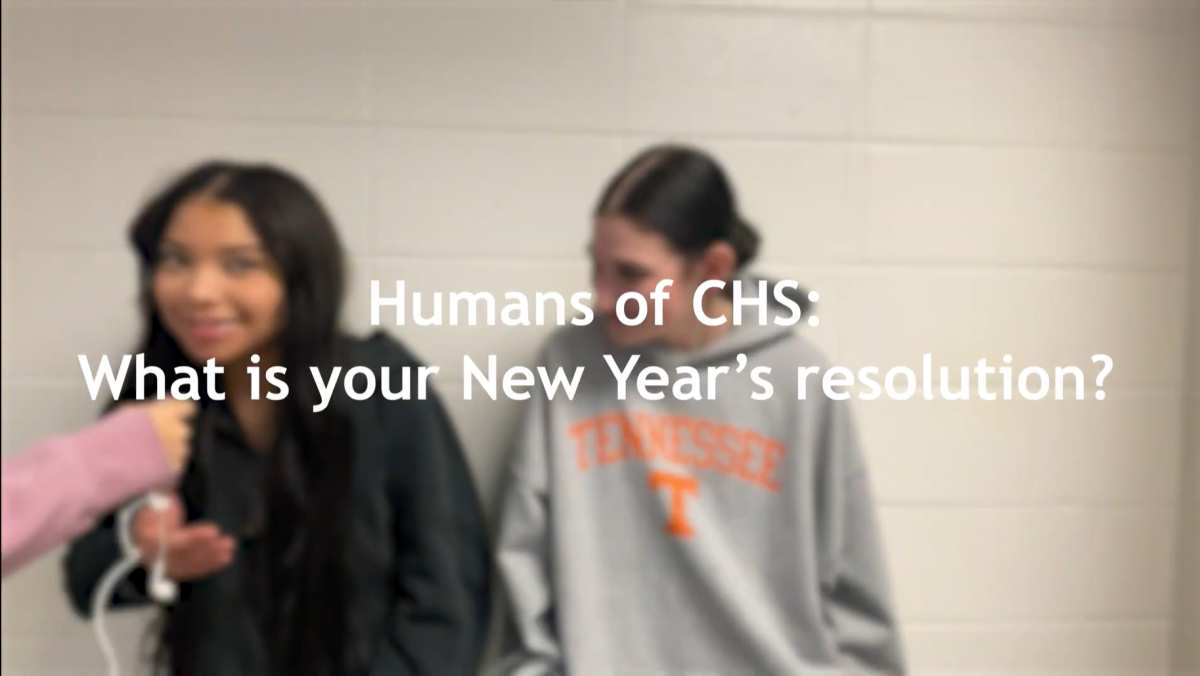






























![Review: “The Immortal Soul Salvage Yard:” A criminally underrated poetry collection [MUSE]](https://hilite.org/wp-content/uploads/2025/03/71cju6TvqmL._AC_UF10001000_QL80_.jpg)
![Review: "Dog Man" is Unapologetically Chaotic [MUSE]](https://hilite.org/wp-content/uploads/2025/03/dogman-1200x700.jpg)
![Review: "Ne Zha 2": The WeChat family reunion I didn’t know I needed [MUSE]](https://hilite.org/wp-content/uploads/2025/03/unnamed-4.png)
![Review in Print: Maripaz Villar brings a delightfully unique style to the world of WEBTOON [MUSE]](https://hilite.org/wp-content/uploads/2023/12/maripazcover-1200x960.jpg)
![Review: “The Sword of Kaigen” is a masterpiece [MUSE]](https://hilite.org/wp-content/uploads/2023/11/Screenshot-2023-11-26-201051.png)
![Review: Gateron Oil Kings, great linear switches, okay price [MUSE]](https://hilite.org/wp-content/uploads/2023/11/Screenshot-2023-11-26-200553.png)
![Review: “A Haunting in Venice” is a significant improvement from other Agatha Christie adaptations [MUSE]](https://hilite.org/wp-content/uploads/2023/11/e7ee2938a6d422669771bce6d8088521.jpg)
![Review: A Thanksgiving story from elementary school, still just as interesting [MUSE]](https://hilite.org/wp-content/uploads/2023/11/Screenshot-2023-11-26-195514-987x1200.png)
![Review: "When I Fly Towards You", cute, uplifting youth drama [MUSE]](https://hilite.org/wp-content/uploads/2023/09/When-I-Fly-Towards-You-Chinese-drama.png)
![Postcards from Muse: Hawaii Travel Diary [MUSE]](https://hilite.org/wp-content/uploads/2023/09/My-project-1-1200x1200.jpg)
![Review: "Ladybug & Cat Noir: The Movie," departure from original show [MUSE]](https://hilite.org/wp-content/uploads/2023/09/Ladybug__Cat_Noir_-_The_Movie_poster.jpg)
![Review in Print: "Hidden Love" is the cute, uplifting drama everyone needs [MUSE]](https://hilite.org/wp-content/uploads/2023/09/hiddenlovecover-e1693597208225-1030x1200.png)
![Review in Print: "Heartstopper" is the heartwarming queer romance we all need [MUSE]](https://hilite.org/wp-content/uploads/2023/08/museheartstoppercover-1200x654.png)


